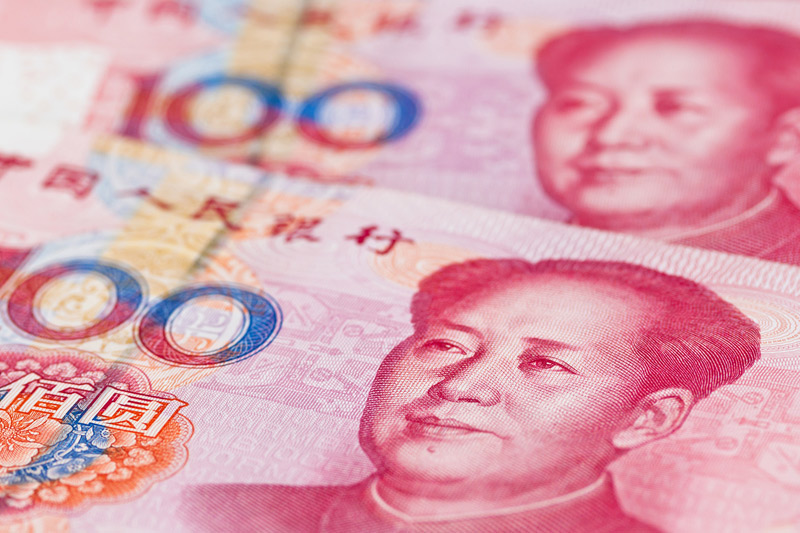By Alun John
LONDON (Reuters) – More global reserve managers plan to increase exposure to the now high-yielding U.S. dollar as their interest in has soured due to low returns and geopolitical tensions, the Official Monetary and Financial Institutions Forum said.
The data, from a survey carried out by the think tank and published on Tuesday, challenges – at least in the short term – the trend towards de-dollarisation, the idea that countries will diversify away from dollars.
A net 18% of reserve managers surveyed said they intended to boost exposure to the U.S. dollar in the next 12-24 months, more than any other currency. They cited the dollar’s role in global trade and expectations of higher relative returns as reasons.
But demand for China’s currency among reserve managers has stalled.
“This is the first year we’ve seen any meaningful share of reserve managers looking to downscale their renminbi holdings,” said Nikhil Sanghani, OMFIF Economic and Monetary Policy Institute managing director, referring to China’s currency by its other name.
Some 12% of 73 central bank reserve managers surveyed by OMFIF plan to reduce their yuan holdings in the next 12-24 months, while 13% plan to increase them.
In 2023 just 3% said they intended to reduce yuan holdings, while none did in 2022 or 2021 when over 30% of respondents said they planned to up their exposure to the Chinese currency.
“Lots (of managers) flagged market transparency and geopolitics as some hurdles, and, at least in the near term, quite a few mentioned that it’s simply a returns point – policy rates are low in China and you can earn higher yields in U.S. or European government bonds now,” Sanghani said.
In the longer term, though, he added, reserve managers still anticipated increasing their exposure to the Chinese currency.
China’s yield is around 2.3% compared to a 4.5% yield for the 10-year U.S. Treasury note.
The survey also found that central banks planned to continue to increase their exposure to gold, a trend that has already helped the precious metal to record highs this year.
Some 15% of respondents expect to increase their exposure to gold this year, the survey found. Should this occur, OMFIF calculates, this would mean an additional $600 billion of reserves will be made up of gold in the coming years.


